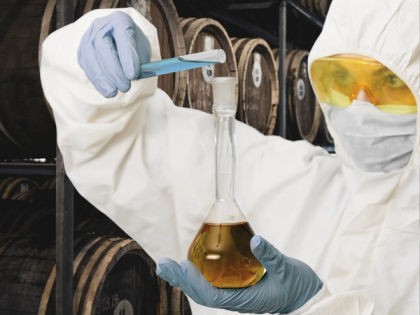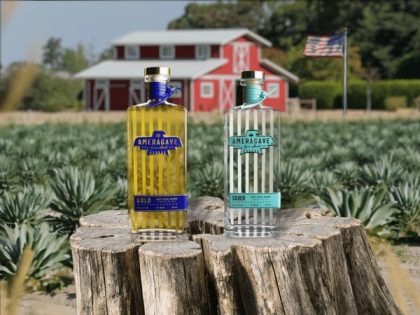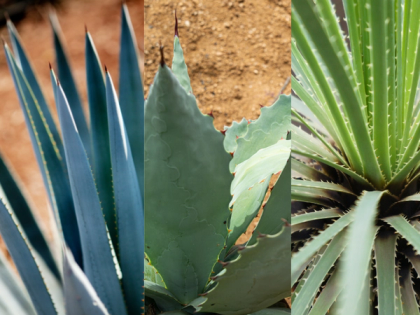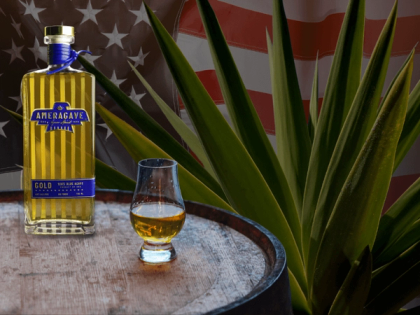
Types of Tequila: The Differences Between Blanco, Reposado, and Añejo Tequila
Explore the world of tequila in our guide! Learn the nuances between Blanco, Reposado, Añejo, and more, including their unique flavors and production.
Table of Contents
- What's the difference between tequila, mezcal and American agave spirits?
- How are tequila and mezcal made?
- What are the main types of tequila (and mezcal)?
- How to choose the right agave spirit for you
- Joven
- Highland vs. Lowland Tequila: What's the Difference?
- Beyond Tequila: An Introduction to Other Agave Spirits
What's the difference between tequila, mezcal and American agave spirits?

If you're a true tequila aficionado, you're well aware that there's much more to this beloved spirit than meets the eye. To start, tequila has to be made from the blue agave plant and is primarily produced in the central Mexican state of Jalisco. It comes in many varieties, each with its flavor profile, aging process, and unique characteristics.
How are tequila and mezcal made?
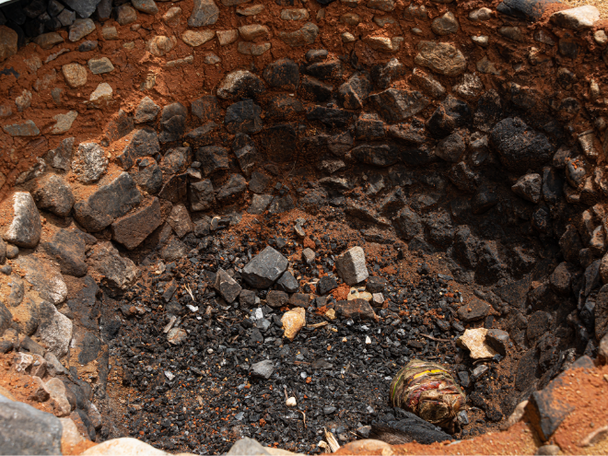
Tequila and mezcal, two distinct spirits, both originate from the heart of the agave plant, but their production methods differ significantly. Tequila is confined to using only the Blue Weber agave, cooked in above-ground ovens, and then distilled twice. On the other hand, mezcal embraces around 30 different types of agave, traditionally roasted in pit ovens, imbuing it with a signature smoky flavor that distinguishes it from tequila.
Moving onto American agave spirits, Ameragave captures the essence of traditional tequila while adding an American twist. Produced from the Blue Weber agave, Ameragave spirits maintain the rich agave-forward style synonymous with premium tequila. Whether you're savoring the crisp purity of a blanco or indulging in the complex layers of an extra añejo, Ameragave offers the quintessential agave spirit experience with an innovative edge.
What are the main types of tequila (and mezcal)?
Blanco Tequila
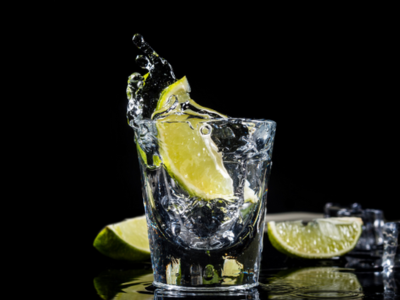
Also known as silver tequila, blanco tequila is the purest expression of the blue agave plant. It is unaged and bottled immediately after distillation, preserving the bright, vegetal flavors of the agave. This type of tequila is great for citrusy cocktails and for those who appreciate a strong agave forward style.
Reposado Tequila

The first stage of aged tequilas. Reposado, meaning 'rested' in Spanish, indicates that the spirit has been aged in oak barrels for anywhere from two months up to a year. This aging process results in a more mellow flavor profile, with the oak barrel imparting notes of vanilla and caramel to the spirit.
Añejo Tequila

Aged for at least a year but less than three years, Añejo tequila exhibits a darker color due to its time in oak barrels. The lengthy aging process results in complex flavors where notes of chocolate, dried fruit, and baking spices come to the fore.
Extra Añejo Tequila
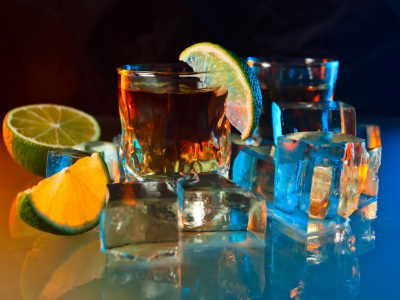
Often considered ultra premium, the ultra-aged expression of tequila. Aging for a minimum of three years, Extra Añejo tequila presents the richest amber color and the most complex flavor profile. Here, you might detect hints of maple syrup, brown sugar, and aged whiskey, making it a true acquired taste to be savored slowly and preferably sipped neat.
American Agave Spirits
But hold up! The tequila family isn't alone in the world of agave spirits. Cue Ameragave, American Agave Spirits, boasting the same essence as that of tequilas, but with a twist of being a product of America. With Silver and Gold variants, Ameragave offers a taste comparable to a premium blanco and a top extra añejo tequila, respectively.
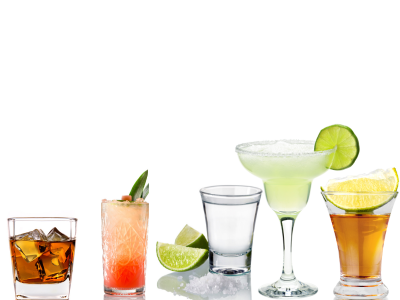
In conclusion, whether you prefer the bright, agave-forward style of a blanco or the complex, aged expressions of an añejo or extra añejo, there's a type of tequila (or in the case of Ameragave, an agave spirit) that's perfect for your palate. Now, who's ready for a pour?
How to choose the right agave spirit for you
Choosing the right agave spirit is an art that requires an understanding of your personal taste preferences. For the citrusy cocktail lovers, blanco tequilas are ideal with their vibrant and fresh flavor profile, making them a purest expression of the agave spirit. Reposado tequilas, aged in oak barrels for up to two months, introduce a hint of oaky sweetness to the bold agave flavor, perfect for those who prefer a smooth balance.
Moving up the ladder, the aged tequilas like añejo and extra añejo tequilas, with their intricate blend of flavors, appeal to the connoisseurs of complex flavors. Añejo tequila, aged for at least a year, offers a rich fusion of agave, oak, and other spirits absorbed during the aging process. Extra añejo, the ultra-aged tequila, on the other hand, revels in its status of being aged for a minimum of three years, presenting a deep, rich flavor profile that's a treat for the palate.
But what if you want the essence of tequila, but with an American twist? Enter Ameragave, American Agave Spirits. With our Silver and Gold variants, these spirits offer a comparable taste experience to a premium blanco and a top extra añejo tequila respectively. So, when it comes to choosing your agave spirit, embrace your personal taste, and don't be afraid to experiment!
Joven

Also known as gold tequila, Joven is a unique blend that marries the freshness of Blanco tequilas and the rich, nuanced complexity of aged tequilas. This blend is often smoother than a Blanco, with a light golden hue derived from the aging process. The primary flavors you’ll find in a Joven tequila range from the raw, earthy notes of the agave plant and the crisp citrusy undertones typical of Blanco tequilas, to the subtle hint of vanilla and caramel imparted by the oak barrels during aging.
Joven tequila is versatile - it's as enjoyable sipped neat as it is in mixed drinks. It's a favorite for crafting cocktails due to its balanced flavor profile that won't overpower the other ingredients. So, whether you're a seasoned tequila connoisseur or just starting out your agave spirits journey, a Joven tequila could be just the ticket to a tantalizing taste experience.
In the realm of American Agave Spirits, Ameragave's Gold variant is not a Joven, and offers a taste experience akin to an exquisite extra añejo tequila, or even a whiskey. And just like tequila, Ameragave can be savored neat or in your favorite cocktail, providing a unique American twist to the classic tequila experience.
Highland vs. Lowland Tequila: What's the Difference?
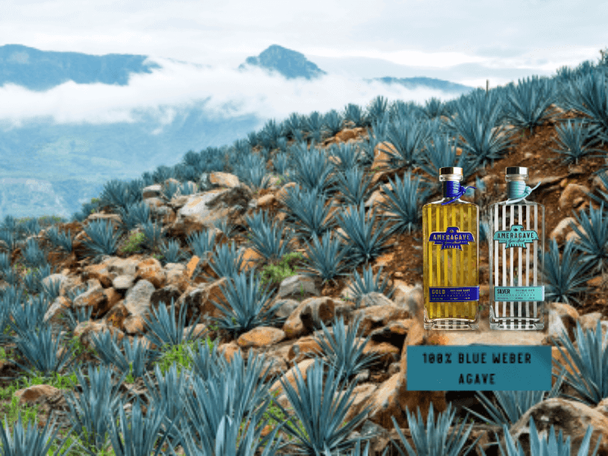
When exploring tequila, terms like 'Highland' and 'Lowland' are commonly used. These refer to regions in Mexico where the blue agave plants, the heart of tequila, are grown. But what impact does this have on your tequila? Let's find out.
Highland tequilas come from higher altitudes with mineral-rich soils. The agave plants here are larger with sweeter, fruitier notes. Expect a smooth, sweet, and subtly floral tequila. If you've detected cinnamon, vanilla, or tropical fruit flavors in your tequila, it's likely a Highland.
On the flip side, Lowland tequilas are from coastal areas with drier, arid conditions. The agave here produces tequilas with a herbaceous, earthy flavor profile. If you've enjoyed a tequila with a complex, spicy kick or a hint of black pepper, it was likely a Lowland.
While the distinction may seem subtle, it significantly influences the flavor profile. Whether you prefer the sweet, fruity notes of a Highland tequila or the herbaceous, earthy tones of a Lowland, exploring both offers insight into the diverse world of tequila. Sip, savor, and enjoy the journey!
Beyond Tequila: An Introduction to Other Agave Spirits
While tequila holds a special place in our hearts and glasses, there's a whole world of agave spirits beyond this beloved staple. One such spirit gaining traction is Mezcal, a smoky cousin of tequila produced from different varieties of agave and cooked in underground pits, imparting it with a unique, smoky flavor profile. Sotol, another intriguing spirit, is made from the Desert Spoon plant - a rugged cousin of agave. Sotol's flavor profile is marked by earthy, grassy notes, with a hint of citrus, offering a delightful divergence from familiar agave spirits. But let's not forget our very own Ameragave Agave Spirits, a proud product of America made from the same Blue Weber Agave you've come to love. Our Silver variant rivals a premium blanco tequila, while our Gold variant is akin to an extra añejo tequila in its rich, complex flavors. So, here's to discovering a universe of taste beyond tequila, one sip at a time!
FAQ
What is the main difference between Highland and Lowland tequila?
+
Highland tequila is known for its sweet, fruity notes, often attributed to the cooler, higher elevation climates in which the agave is grown. Lowland tequila, on the other hand, comes from areas with drier, arid conditions, leading to a more herbaceous and earthy flavor profile.
Can tequila only be made from Blue Weber Agave?
+
Yes, to be officially classified as tequila, the spirit must be made from the Blue Weber Agave plant, and it also needs to be produced in specific regions of Mexico.
What makes Mezcal different from Tequila?
+
Mezcal can be produced from over 30 different varieties of agave and is often distinguished by its unique smoky flavor, which comes from cooking the agave in underground pits. Tequila, while a type of Mezcal, is specifically made from the Blue Weber Agave and does not typically have a smoky flavor.
Is Sotol a type of tequila?
+
No, Sotol is not a type of tequila or Mezcal. It's made from the Desert Spoon plant (Dasylirion wheeleri), which, although related to agave, is an entirely different plant. Sotol has an earthy, grassy flavor with a hint of citrus.
What makes Ameragave Agave Spirits unique?
+
Ameragave Agave Spirits distinguish themselves from traditional tequila by being a proud American product made from Blue Weber Agave, offering a premium blanco-like experience with our Silver variant and a rich, complex flavor akin to an extra añejo tequila in our Gold variant.
Subscribe to our Newsletter
Invisible placeholder to eliminate layout shift


